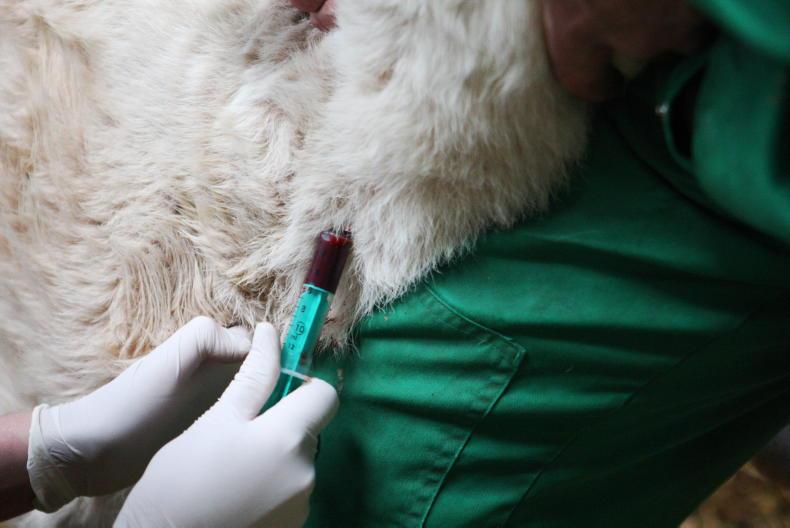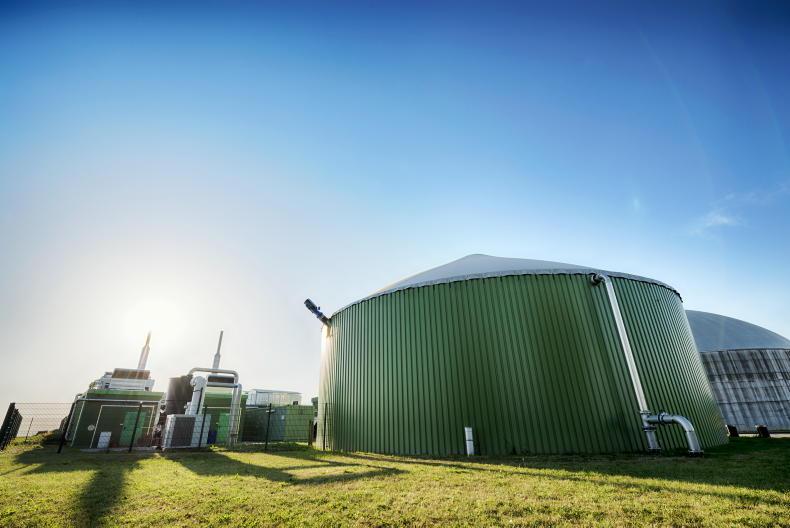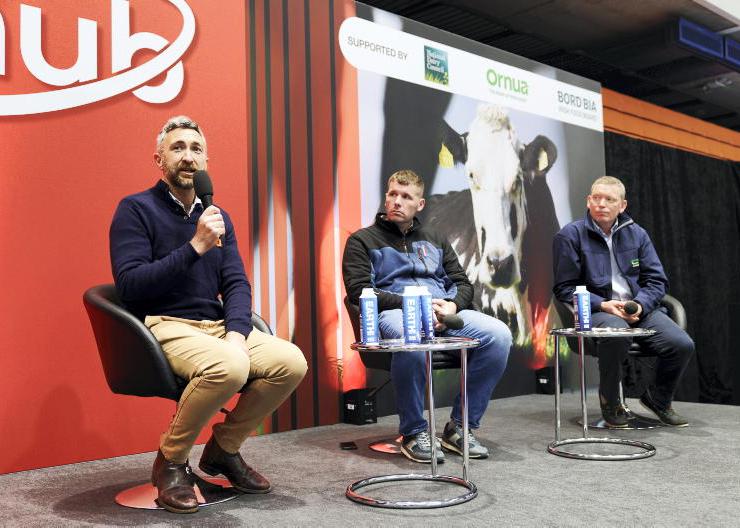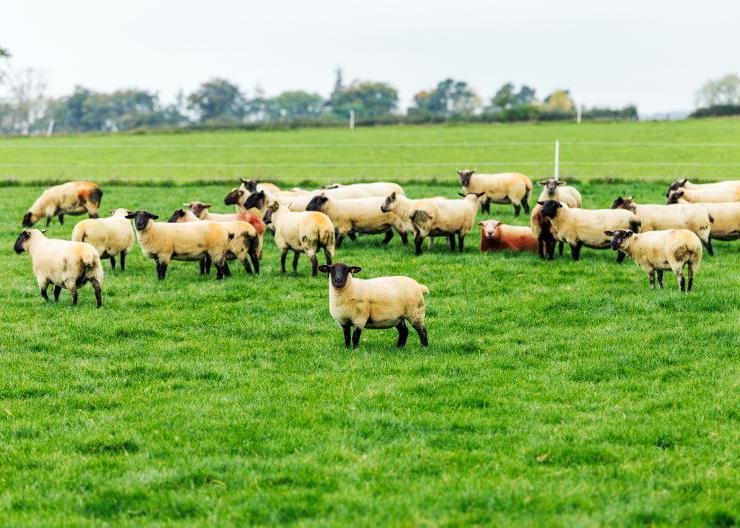Grass: Grass supply and grass quality is mixed enough on many farms. Soil moisture deficits of 40mm to 60mm persist in many parts of the southeast. I know some farms are showing signs of another slow-down in growth rates, so we are by no means out of danger when it comes to grass growth.
Grass quality is another problem and may be even a bigger one because it affects more people, but the quality of grass on farms is generally very poor for the time of year. This is reflected in milk yield and milk protein, both of which are tracking behind normal for this time of year. There’s not a lot farmers can do to increase grass growth – the farm either got enough rain or it didn’t. In terms of quality, in some cases where there is a lot of stem present, topping after grazing might be the best way of pressing the reset button on grass quality.
This will delay regrowth, so it’s a trade-off between quality and quantity. Clover paddocks are now beginning to come into their own and where there are high clover paddocks, little or no nitrogen can be spread for the next few rounds without impacting on growth.
Genotyping: The closing date for receipt of entries to the National Genotyping Programme is fast-approaching on 14 July. This is a once-off opportunity to get the herd genotyped for free. The additional cost will be around €4 extra per calf for the next four years.
For me it’s a no-brainer, because it is more and more likely that all cows will have to be genotyped in years to come, so this is an opportunity to get it done for a fraction of what it would otherwise cost. It’ll also be a big benefit in terms of helping to improve the saleability of calves from the dairy herd. Calves that have a genotype will also have a commercial beef value (CBV) that will be displayed on mart boards and available for farmers to print off.
The CBV is an excellent indicator of calf beef value and is set to become the benchmark by which shrewd calf buyers will judge what a calf is worth. Between that and sexed semen, there are good solutions in train towards making progeny from the dairy herd an attractive proposition for calf buyers.
Costs: Speaking on the subject of cutting costs, at the Moorepark open day on Tuesday, some farmers said that they made the decision to feed more silage and less meal during the recent dry spell in order to reduce the impact of costs. Rather than feeding 6kg of meal, like they would have previously, they fed 3kg of meal and 3kg of good-quality bale silage with no impact on milk yield. Others referenced the fact that they buy smaller value items, such as detergents, gloves and sprays in bulk, in order to get a discount. Paying at the end of the month also secures a discount for other farmers.
One farmer speaking at the session, said that he pays the tax bill by direct debit spread across 10 months of the year, so there is not a big draw on cash in October. The key point made by all farmers was to shop around for value and only buy what you need.
Grass: Grass supply and grass quality is mixed enough on many farms. Soil moisture deficits of 40mm to 60mm persist in many parts of the southeast. I know some farms are showing signs of another slow-down in growth rates, so we are by no means out of danger when it comes to grass growth.
Grass quality is another problem and may be even a bigger one because it affects more people, but the quality of grass on farms is generally very poor for the time of year. This is reflected in milk yield and milk protein, both of which are tracking behind normal for this time of year. There’s not a lot farmers can do to increase grass growth – the farm either got enough rain or it didn’t. In terms of quality, in some cases where there is a lot of stem present, topping after grazing might be the best way of pressing the reset button on grass quality.
This will delay regrowth, so it’s a trade-off between quality and quantity. Clover paddocks are now beginning to come into their own and where there are high clover paddocks, little or no nitrogen can be spread for the next few rounds without impacting on growth.
Genotyping: The closing date for receipt of entries to the National Genotyping Programme is fast-approaching on 14 July. This is a once-off opportunity to get the herd genotyped for free. The additional cost will be around €4 extra per calf for the next four years.
For me it’s a no-brainer, because it is more and more likely that all cows will have to be genotyped in years to come, so this is an opportunity to get it done for a fraction of what it would otherwise cost. It’ll also be a big benefit in terms of helping to improve the saleability of calves from the dairy herd. Calves that have a genotype will also have a commercial beef value (CBV) that will be displayed on mart boards and available for farmers to print off.
The CBV is an excellent indicator of calf beef value and is set to become the benchmark by which shrewd calf buyers will judge what a calf is worth. Between that and sexed semen, there are good solutions in train towards making progeny from the dairy herd an attractive proposition for calf buyers.
Costs: Speaking on the subject of cutting costs, at the Moorepark open day on Tuesday, some farmers said that they made the decision to feed more silage and less meal during the recent dry spell in order to reduce the impact of costs. Rather than feeding 6kg of meal, like they would have previously, they fed 3kg of meal and 3kg of good-quality bale silage with no impact on milk yield. Others referenced the fact that they buy smaller value items, such as detergents, gloves and sprays in bulk, in order to get a discount. Paying at the end of the month also secures a discount for other farmers.
One farmer speaking at the session, said that he pays the tax bill by direct debit spread across 10 months of the year, so there is not a big draw on cash in October. The key point made by all farmers was to shop around for value and only buy what you need.









SHARING OPTIONS